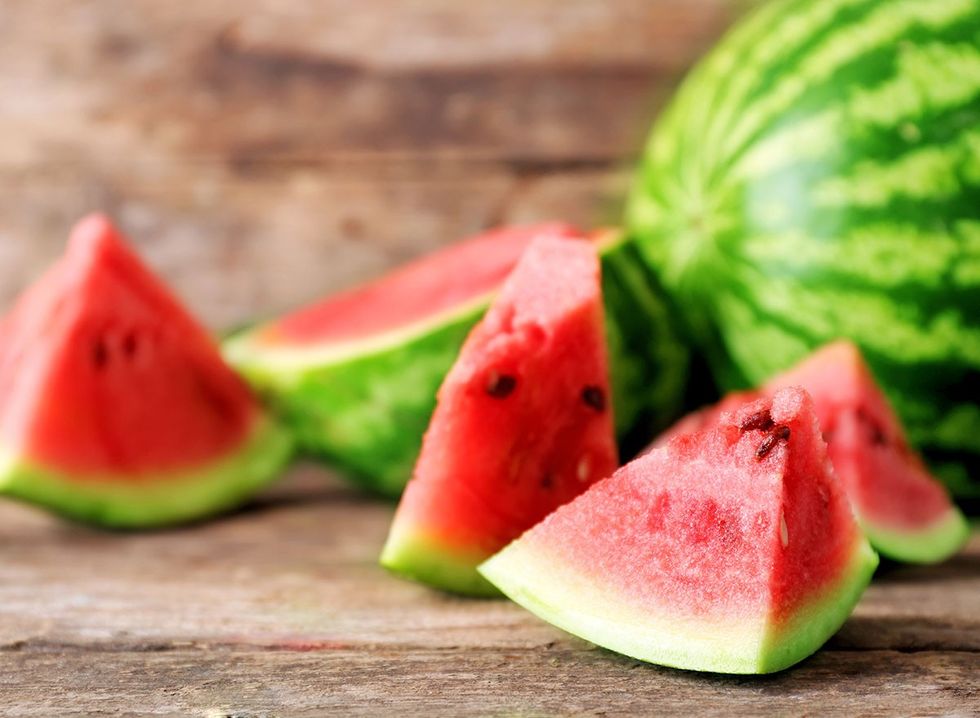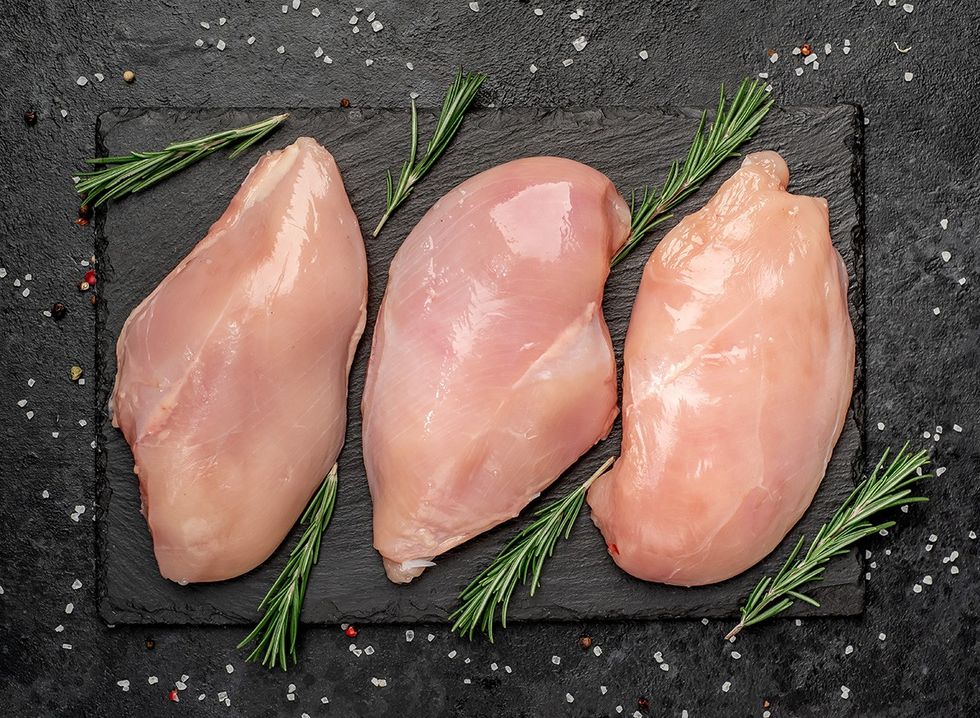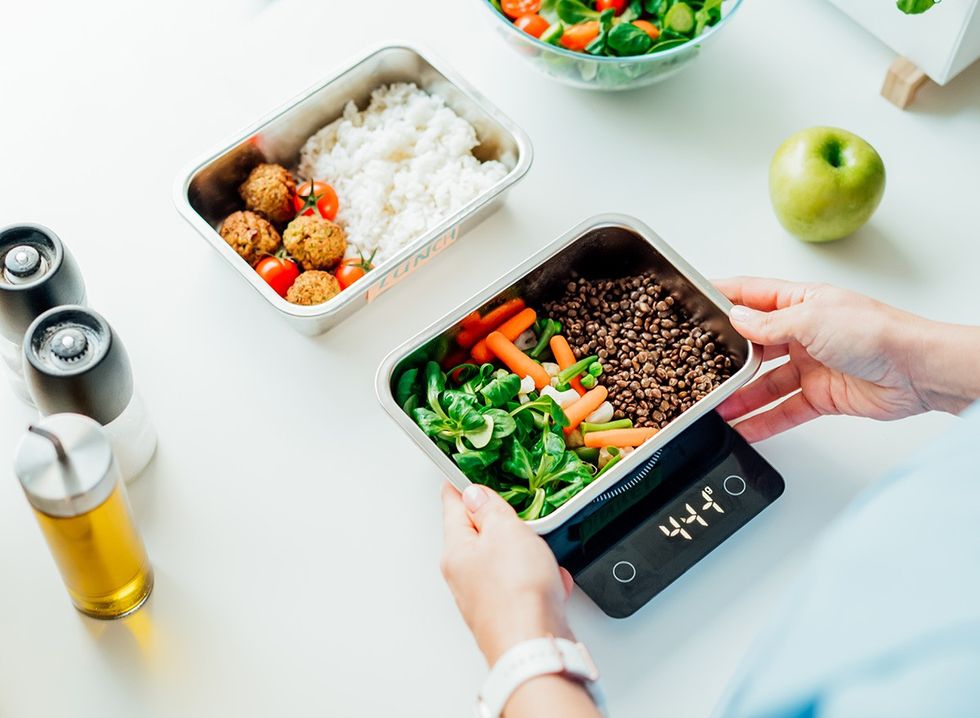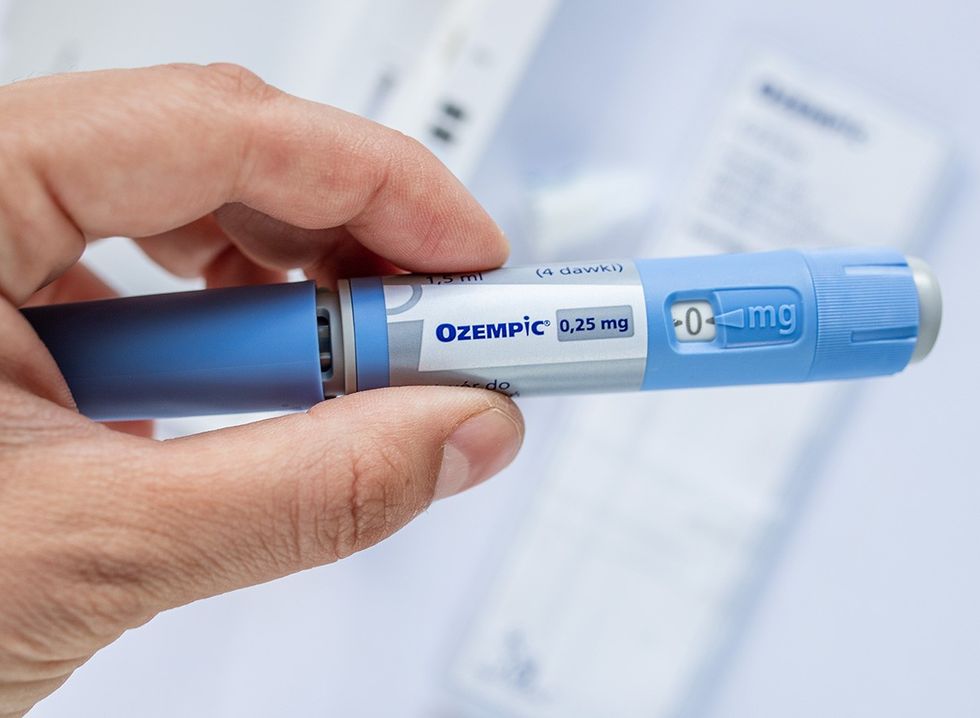Losing weight doesn’t have to mean sacrificing flavor or going hungry. In fact, the key to shedding pounds lies in the foods you choose, not the calories you count. The right superfoods can work wonders on your metabolism, help burn fat, and keep you feeling full throughout the day. These foods are nutrient-dense, rich in fiber, and low in sugar, making them the perfect companions for any slimming plan.
Over the years, I’ve seen firsthand how powerful these foods can be. People who integrate them into their daily diets not only drop pounds but also improve their overall health, boost their energy levels, and feel more satisfied with every meal. The best part? These superfoods are easy to find, affordable, and versatile enough to enjoy every day.
Whether you’re looking to lose a few inches off your waist or just want to feel healthier, incorporating these 20 slimming superfoods—from my book Zero Belly Breakfasts—into your routine will help you get there faster and more effortlessly. Let’s dive into the foods that will not only fuel your body but also help you achieve the results you’ve been striving for.
Here’s a look at the top 20 superfoods that should be on your plate every day:
Avocados

Think of avocados as your slimming secret weapon. Packed with heart-healthy monounsaturated fats, avocados help lower cholesterol, reduce belly fat, and keep you full for hours. Studies show that people who eat avocados regularly tend to have smaller waistlines. Spread some on toast, mix it into a salad, or even blend it into a smoothie.
Eggs

Eggs are one of the most versatile and affordable sources of high-quality protein. They’re packed with choline, a nutrient that attacks fat storage in your liver. Whether you like them scrambled, poached, or hard-boiled, eggs will fuel your muscles and keep you satisfied long after breakfast.
Wild Salmon

Salmon is a powerhouse of protein and omega-3 fatty acids, which fight inflammation and help your body burn fat more efficiently. The protein keeps your metabolism revved up, while the healthy fats keep hunger at bay. Grill it for dinner, toss it in a salad, or enjoy it smoked with avocado toast.
Berries

Loaded with antioxidants and fiber, berries like blueberries, strawberries, and raspberries are some of the best fruits for weight loss. They’re low in sugar and high in water, which means you can eat a generous portion without adding too many calories. Toss them into your morning yogurt or oatmeal for a sweet, slimming start to your day.
Leafy Greens

Spinach, kale, and other leafy greens are nutrient-dense, low-calorie, and packed with fiber. They help fill you up without weighing you down, making them perfect for weight loss. They’re also rich in vitamins and minerals that help your body function at its best, giving you the energy to power through your day.
RELATED: 20 Superfoods for People Over 50
Quinoa

Quinoa is a high-protein, gluten-free grain that’s perfect for weight loss. It’s packed with fiber and essential amino acids, helping to keep your blood sugar stable and hunger at bay. Swap out rice or pasta for quinoa in your meals, and you’ll be loading up on protein and nutrients without extra calories.
Greek Yogurt

Protein-packed Greek yogurt is a great way to start your morning or snack between meals. It’s rich in probiotics, which improve digestion and reduce bloating. Go for the plain, unsweetened variety to avoid hidden sugars, and add your own fresh fruit or a drizzle of honey for flavor.
Sweet Potatoes

Sweet potatoes are not only delicious but also a great source of fiber and vitamins. Their slow-digesting carbs keep you full and satisfied, while their natural sweetness curbs your cravings for sugary treats. They’re a great side dish or can even be used in soups and salads.
Almonds

These little nuts are packed with protein, fiber, and healthy fats that keep your metabolism running smoothly. Just a handful of almonds can help stave off hunger and keep you from overeating later in the day. Add them to salads, mix them into yogurt, or enjoy them as a snack.
Green Tea

This ancient beverage is packed with antioxidants called catechins, which are known to boost metabolism and increase fat burning. Green tea also helps regulate blood sugar and reduces belly fat. Sip on a cup in the morning or during your afternoon break to keep your metabolism humming.
Black Beans

Black beans are an excellent source of protein and fiber, making them ideal for weight loss. They’re also loaded with resistant starch, a type of carb that slows digestion and keeps you fuller longer. Add them to salads, soups, or wraps for a slimming boost.
RELATED: This Plan Is How to Lose 5 Percent Body Fat In 2 Weeks
Apples

Apples are a low-calorie, high-fiber fruit that can help you feel full and satisfied. The fiber helps slow down digestion and prevents overeating. Grab an apple as a snack or slice it up and dip it in almond butter for a delicious, slimming treat.
Chia Seeds

These tiny seeds are packed with fiber and omega-3 fatty acids, both of which help reduce belly fat and keep you feeling full. Sprinkle them on yogurt, blend them into smoothies, or mix them into your oatmeal for an easy way to add a slimming boost to your meals.
Oats

Oats are one of the best sources of soluble fiber, which helps lower cholesterol and reduce belly fat. They also provide a slow, steady release of energy, keeping you full and satisfied for hours. Start your day with a bowl of oatmeal topped with fresh fruit and nuts for a slimming breakfast.
Broccoli

This cruciferous vegetable is low in calories but high in fiber and nutrients. Broccoli is a great addition to any weight loss plan because it helps reduce inflammation and keeps your digestive system healthy. Steam it, roast it, or add it to stir-fries for a crunchy, filling side dish.
RELATED: 15 Quick And Easy Protein-Rich Breakfasts That Are Dietitian Approved
Lentils

Lentils are packed with fiber, protein, and iron, making them a nutritional powerhouse. They’re also low in calories and help keep your blood sugar steady. Add them to soups, salads, or use them as a base for a veggie burger.
Spinach

Spinach is loaded with vitamins, minerals, and antioxidants, all of which help boost your overall health and aid in weight loss. It’s low in calories but high in fiber, making it a great addition to smoothies, salads, or scrambled eggs.
Cottage Cheese

Cottage cheese is a high-protein, low-fat dairy product that helps keep you full and satisfied. It’s also rich in calcium, which supports fat loss and bone health. Pair it with fruit for a filling snack or breakfast.
Tomatoes

Tomatoes are a low-calorie, nutrient-rich food that’s packed with antioxidants. They help reduce inflammation and keep you feeling full, making them a great addition to salads, sandwiches, or soups.
RELATED: I Sculpted My Best Body Ever in My 50s With This Surprising 5-Step Plan That Actually Works
Walnuts

Walnuts are rich in omega-3 fatty acids and fiber, both of which help reduce belly fat and keep you satisfied. Snack on a handful of walnuts or add them to your morning oatmeal or yogurt for a healthy, slimming boost. And if you enjoyed this article, take advantage of these 15 Quick Ways to Lose Body Fat Percentage in a Week.








 Shutterstock
Shutterstock Shutterstock
Shutterstock Shutterstock
Shutterstock Shutterstock
Shutterstock Shutterstock
Shutterstock Shutterstock
Shutterstock Shutterstock
Shutterstock Shutterstock
Shutterstock







 Shutterstock
Shutterstock Shutterstock
Shutterstock Shutterstock
Shutterstock Shutterstock
Shutterstock Shutterstock
Shutterstock Shutterstock
Shutterstock Shutterstock
Shutterstock Shutterstock
Shutterstock Shutterstock
Shutterstock Shutterstock
Shutterstock Shutterstock
Shutterstock Shutterstock
Shutterstock Shutterstock
Shutterstock Shutterstock
Shutterstock Shutterstock
Shutterstock Shutterstock
Shutterstock Shutterstock
Shutterstock Shutterstock
Shutterstock Shutterstock
Shutterstock
 Jeremy Ethier/YouTube
Jeremy Ethier/YouTube Shutterstock
Shutterstock Shutterstock
Shutterstock
 Jeremy Ethier/YouTube
Jeremy Ethier/YouTube

 Shutterstock
Shutterstock Shutterstock
Shutterstock Shutterstock
Shutterstock Shutterstock
Shutterstock Shutterstock
Shutterstock Shutterstock
Shutterstock Shutterstock
Shutterstock Shutterstock
Shutterstock Shutterstock
Shutterstock Shutterstock
Shutterstock Shutterstock
Shutterstock Shutterstock
Shutterstock Shutterstock
Shutterstock Shutterstock
Shutterstock


 I'm a Nutritionist and These 9 High-Protein Snacks Keep My Clients Full While Losing 50 Pounds
I'm a Nutritionist and These 9 High-Protein Snacks Keep My Clients Full While Losing 50 Pounds
 Shutterstock
Shutterstock 2. Processed FoodsShutterstock
2. Processed FoodsShutterstock Shutterstock
Shutterstock Shutterstock/Prostock-studio
Shutterstock/Prostock-studio Shutterstock
Shutterstock Pro TipsShutterstock
Pro TipsShutterstock Shutterstock
Shutterstock Shutterstock
Shutterstock Shutterstock
Shutterstock Shutterstock
Shutterstock Don’t Drink as Much AlcoholShutterstock
Don’t Drink as Much AlcoholShutterstock Most Women on GLP-1s Are Making a Few Common MistakesShutterstock
Most Women on GLP-1s Are Making a Few Common MistakesShutterstock Soda and Sugary DrinksShutterstock
Soda and Sugary DrinksShutterstock Shutterstock
Shutterstock Eat BreakfastShutterstock
Eat BreakfastShutterstock And Improve Insulin SensitivityShutterstock
And Improve Insulin SensitivityShutterstock Belly Flab Strip Tip: Sugar and Fat Calories Leave Its Mark on Your BodyShutterstock
Belly Flab Strip Tip: Sugar and Fat Calories Leave Its Mark on Your BodyShutterstock Shutterstock
Shutterstock The Drugs Mimic the GLP-1 Hormone Naturally Produced by the BodyShutterstock
The Drugs Mimic the GLP-1 Hormone Naturally Produced by the BodyShutterstock 3. Deep-Fried ItemsShutterstock
3. Deep-Fried ItemsShutterstock